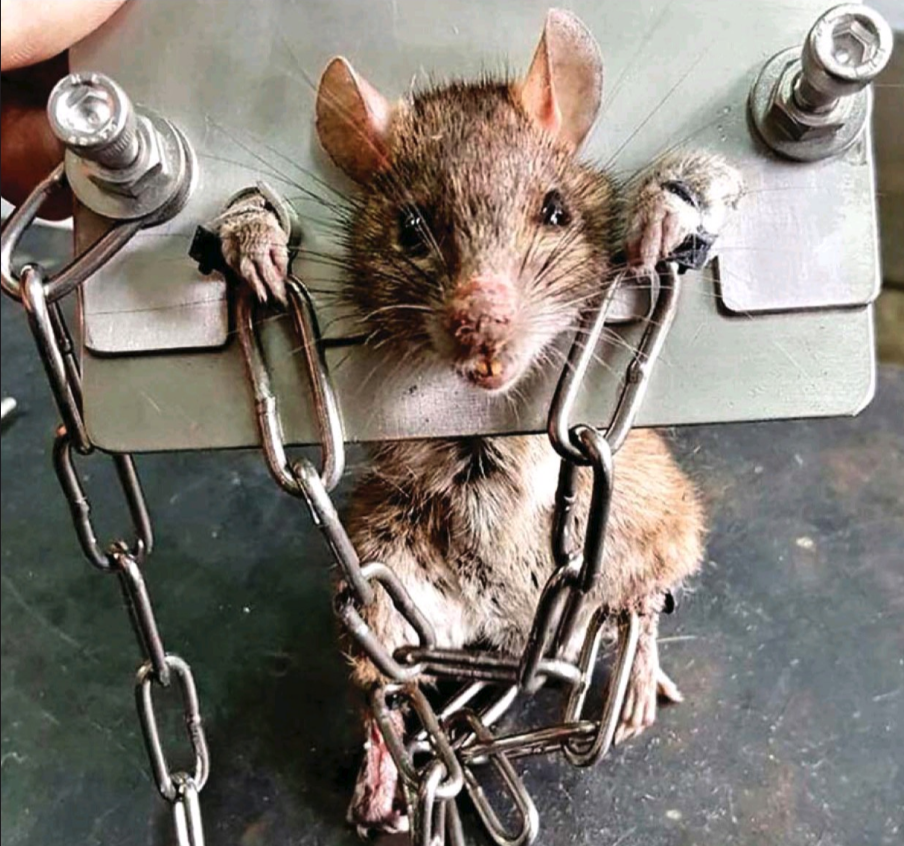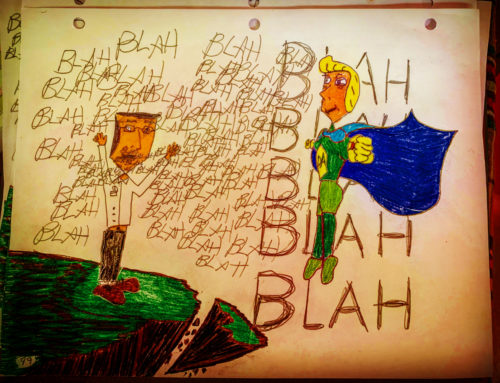“He had a short disagreeable kind of unmirthful laugh, which came in at all sorts of odd times when nobody else saw anything to laugh at at all, and which sometimes made people start again, especially when they were being shaved, and Sweeney Todd would stop short in that operation to indulge in one those cacchinatory effusions. It was evident that the remembrance of some very strange and out-of-the-way joke must occasionally flit across him, and then he gave his hyena-like laugh, but it was so short, so sudden, striking upon the ear for a moment, and then gone, that people have been known to look up to the ceiling, and on the floor, and all round them, to know from whence it had come, scarcely supposing it possible that it proceeded from mortal lips.”
—— Author unknown but probably James Malcolm Rymer and/or Thomas Peckett Prest (from The String of Pearls: A Romance 1846 – 1847)
———————————
So I was just casually listening to the latest episode of another podcast I often find interesting, when I was quite unexpectedly taken aback.
The Hidden Brain (hosted by Shankar Vedantam) is a science podcast that (not surprisingly) focuses on brain science and related aspects of human psychology, behavior, culture, etc… I find it interesting but not particularly profound until yesterday, when I found myself acutely disturbed by just one small detail.
The episode was about laughter and Mr. Vedantam was interviewing cognitive neuroscientist, Professor Sophie Scott. Professor Scott was describing experiments done on rats and how they will “laugh” when tickled.
At first it seemed interesting and even kinda cute. The idea of researchers tickling rats. Rolling them over on their bellies to get to the best tickle spot. Discovering that they liked it better and wanted more and more as the experiments progressed and especially when the rats had been tickled regularly from when the were just baby rats.
Awe…
——
And then Professor Scott started to describe how they studied the rat vocalizations (laughter) and how young rats made these sounds when playing but when the scientists removed a rats’ vocal cords, that rat would be bitten by the other young rats during what would have otherwise been considered play. Obviously the rat laughter was an important part of the social development of individual rats within “rat culture” (my term).
Wait a minute… they removed the rats’ vocal cords, causing the other rats to bite and abuse that rat? Really?
Did they really need these particular data? I’m sorry but… I’m as interested in science and its progress as the next geek (and it’s not like I’m a big fan of rats or wish to start a rat advocacy movement or anything like that) but…
Dude!
——
So I went to look around the net a bit and was not surprised to find several articles about these studies. Of course, any science journalist would be delighted to write a clever piece about cognitive neuroscience researchers tickling rats. I found a plethora of playful pieces in places like The Telegraph, Scientific American and The New York Times.
Also not surprisingly, none of the articles I read said anything about the whole cutting out their voice and throwing them into a box to be tormented by their now highly suspicious peers, torture thingy. Sure the NYT and another article in Science did mention the fact that the researchers put electrodes in the rats’ brains to study synaptic firing while this tickling was occurring but only the actual abstract from the study referenced by Professor Scott, mentioned the removal of their vocal cords and subsequent violent rat social response.
Indeed.
Guess that’s a bit TMI for the common science media consumer eh?
Even in the abstract, that procedure is only referred to as having “devocalized” the poor creature.
Okay okay…
So what yes?
These are just rats after all, and this is science.
Indeed.
Just keep telling yourself that.
——
Blessed…
m(___)m





